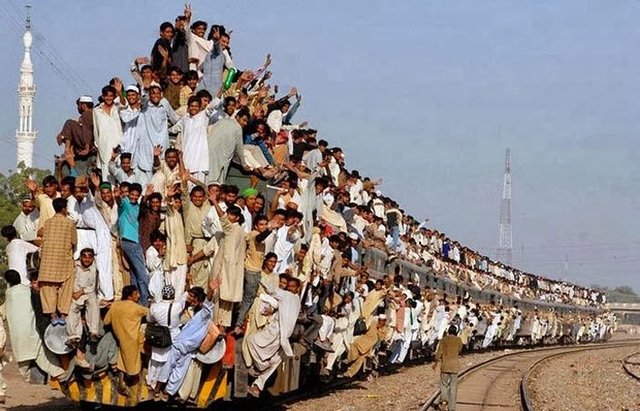India Railways history
The history of railways in India is rich and dates back to the mid-19th century. Here's a brief overview of its development:
Early Beginnings (1830s – 1853):
- The idea of railways in India was first conceived in the 1830s by British engineers.
- 1837: The first experimental railway line was constructed in India near Chintadripet, Madras (now Chennai), which operated on a small scale.
- April 16, 1853: The first official passenger train service was inaugurated between Bombay (now Mumbai) and Thane, covering a distance of 34 km. This was the true beginning of the railway era in India, run by the Great Indian Peninsula Railway (GIPR).
Expansion under British Rule (1853 – 1947):
- Following the success of the Bombay-Thane line, the rail network expanded rapidly across the subcontinent, primarily to serve British economic interests like the transportation of raw materials, particularly cotton and coal, to ports for export to Britain.
- 1854: The first railway line in the eastern part of India was started between Howrah (near Kolkata) and Hooghly.
- 1870: The opening of the Allahabad-Jabalpur section of the East Indian Railway linked Calcutta and Bombay, the first major connection between eastern and western India.
- By 1880, several major cities and trade centers in India were connected, including Delhi, Madras, and Calcutta.
- The railway was instrumental in British colonial administration and military logistics, but it also played a significant role in unifying the country culturally and economically.
Post-Independence (1947 onwards):
- 1947: After India’s independence, the railways faced major challenges, such as the partition of the country, which saw a loss of around 40% of the rail network to Pakistan. Despite this, India retained a vast network and immediately undertook efforts to rebuild and modernize.
- 1951: Indian Railways was nationalized and became one of the largest employers in the country. The railways were divided into zones to streamline operations.
- 1980s: Major electrification projects were undertaken, leading to increased efficiency. Broad-gauge tracks began to replace older narrow and meter gauges in many areas.
- 1990s: The introduction of computerized ticketing systems revolutionized passenger services.
Recent Developments (2000s onwards):
- High-speed trains and modernization of tracks and coaches have become a key focus. The introduction of Rajdhani Express (1969), Shatabdi Express (1988), and later Vande Bharat Express (2019) reflects India’s shift towards faster and more comfortable train services.
- In 2023, India began the operation of its first semi-high-speed trains, like the Vande Bharat Express, and inaugurated its first high-speed rail corridor, connecting Mumbai to Ahmedabad using Japanese bullet train technology (still under construction).
- Indian Railways has also embraced sustainability with its target to be fully electrified and carbon-neutral by 2030.
Significance:
- Indian Railways is one of the largest railway networks in the world, covering around 68,000 km of track and employing more than 1.3 million people.
- It is the lifeline of the nation, carrying millions of passengers and tons of freight every day.
The railway network not only catalyzed economic growth but also played a vital role in fostering a sense of unity in a diverse and vast country like India.
